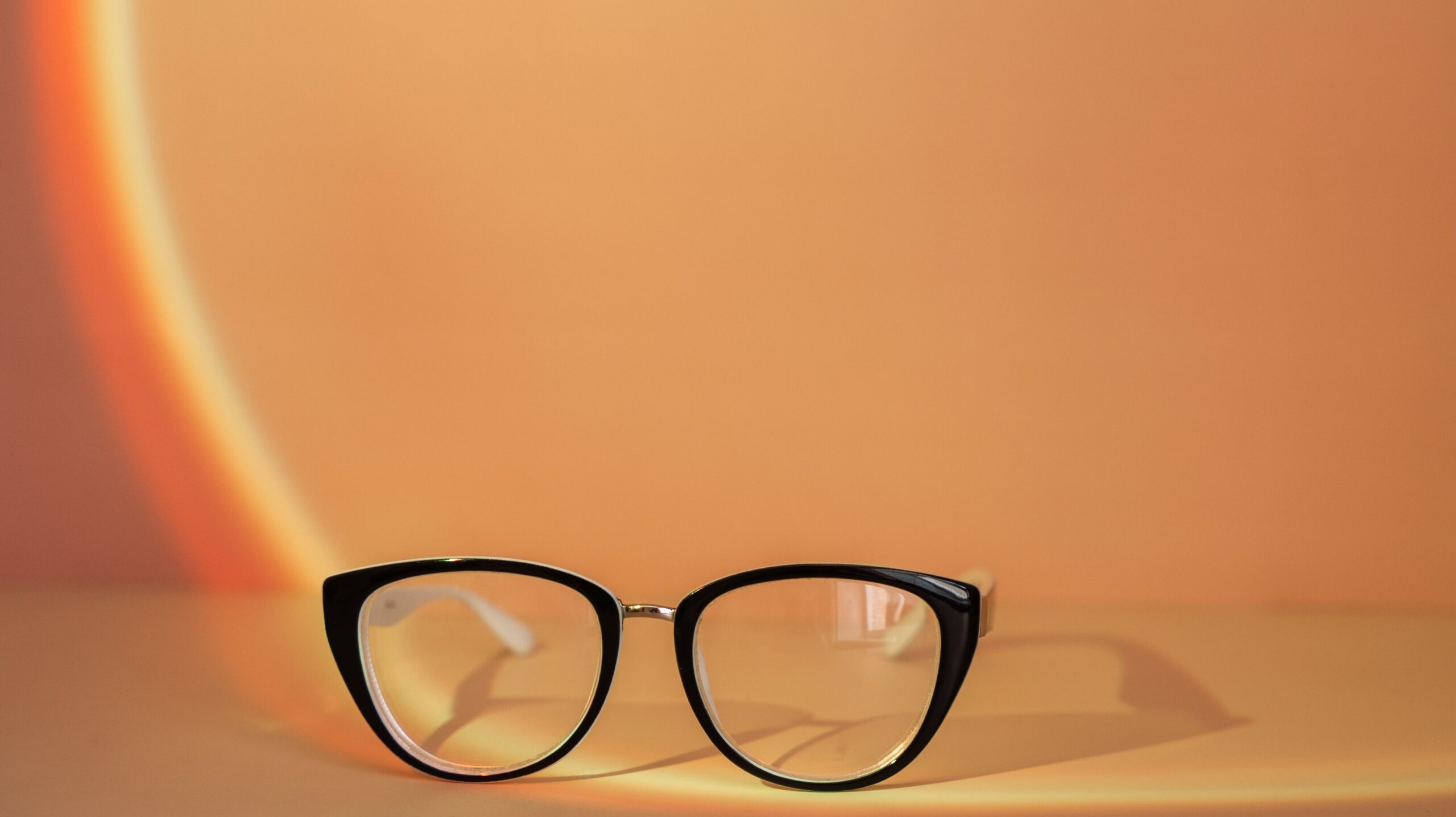
Eyeglass Lens Thickness
Is it really Noticeable?
How Noticeable?
Is lens thickness really that noticeable to others? Several factors affect the answer; the strength of your prescription, and prescription type, and your frame selection.
The stronger your prescription is, the thicker your lenses (if made of standard glass or plastic) will be. If your prescription is relatively mild or only moderately high, lens thickness may not be too much of an issue. Higher prescriptions, however, and by default thicker lenses, will start to become more and more noticeable. A few factors define ‘noticeability’ in this case.
How It Affects Frame Fit and Appearance
The physical thickness of the lens becomes noticeable at the frame sides when it extends beyond the frame that surrounds it. Semi-thick lenses may not stick out all that much, especially if your frame tends to be of the thicker variety. If your lenses are very thick, they will extend outward fairly far from the frame.
Moreover, lens thickness may affect your choice of frame styles. Rimless or semi-rimless frames cannot support extra-thick lenses because they are too thick and heavy. This is not technically a “noticeability factor,” but it does limit your frame style selection.
Also, your frame style will affect the thickness of your lenses by allowing you to adjust the degree to which you “hide” your lenses. If you have a thick plastic frame surrounding the lenses, it can cover all or most of the lens; patterned or darkly-colored frames also accomplish some disguising “sleight of hand,” since they draw the focus away from the lenses. If, however, you prefer a thin metal frame style, your lenses will be completely exposed at the sides.
“Coke Bottle” lenses, as they’re not-so-affectionately known, magnify the area behind them and make your eyes appear unusually large. “Tiny Eye” lenses have the opposite effect, reverse-magnifying so that your eyes appear small in relation to the rest of your face and head.
If your prescription is strong enough to produce either of these effects, thinner high index lenses may be the way to go.
If you have a strong corrective vision prescription, it’s a good bet that you’re aware of the negative effects of thick lenses and the “standard materials verses high index materials” debate.
Lastly, the type of corrective vision you require plays a role in lens thickness. If you’re farsighted, your lenses might not appear to be extremely thick even with a strong prescription. Lenses constructed to compensate for nearsightedness. With a strong prescription for nearsightedness, lens edges can be prohibitively and noticeably thick. The question of “how thick is too thick” is really up to you.
October 14, 2024




Leave a Reply
You must be logged in to post a comment.